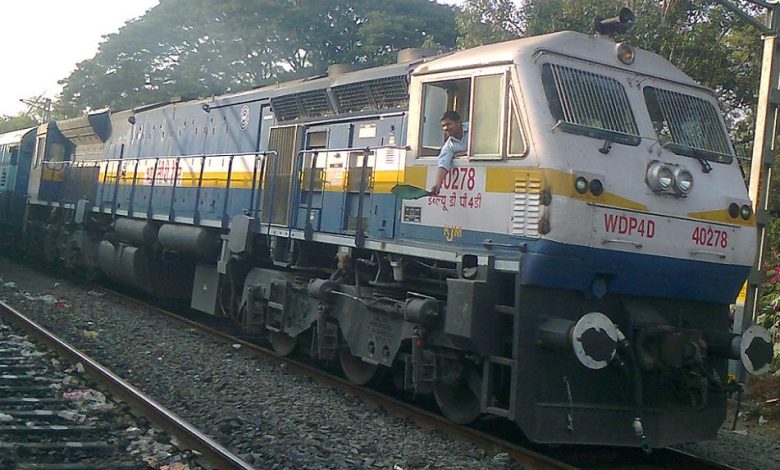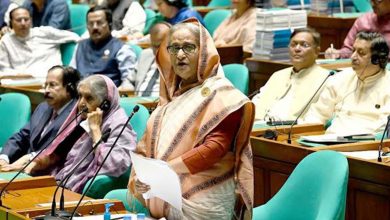Will train transit to India threaten sovereignty? Look at Europe, say experts

This MoU also ensures rail connectivity among Bangladesh, Nepal and Bhutan. Trains from the Himalayan countries will come to Bangladesh through India and use Mongla and Chattogram seaports.
Read more: India can now use Chittagong, Mongla ports
“But no one is talking about this,” Professor Imtiaz Ahmed of Dhaka University said, calling the move timely.
Rail transit is one of the 10 MoUs signed during Prime Minister Hasina’s recent India visit. Until now, Indian trains used to change engines at the border and were delivered to India by Bangladeshi engines. But now Indian railways can use Bangladeshi lines to travel from the east to the west.
Bangladesh signed an agreement in 2007 to join the Trans-Asian Railway. One of the objectives was to build an easy transportation system among countries like India, Bangladesh, Myanmar, China and Malaysia. It is not possible to join the Trans-Asian Railway without giving transit to India as Bangladesh is mostly surrounded by India.
“Increased connectivity will help our railways grow. Did the introduction of cross-border bus services cause any damage? Rather, there have been gains in many aspects,” Prof Imtiaz said.
The European model of communication can be implemented in this region in the future, he said, adding that this deal will significantly help Bangladesh in regional integration.
“Bangladesh is now getting rail access to Nepal and Bhutan and vice-versa. This will help the Mongla Port grow,” he said.
“China and Nepal have established railway connectivity. People may soon be able to go to China from Bangladesh via Nepal by train. Railways are now playing a major role in global connectivity. It’ll allow Bangladesh to connect with Myanmar, Thailand and China,” he said.
Those who are against the railway deal with India are opposing it for political reasons.
Selling the country?
The government faced intense criticism in 2010 when it signed a long-term agreement to transport goods to India’s northeastern states using roadways.
Read more: India plans new rail routes through Bangladesh
India has been getting transit through maritime and land routes. Before independence, India enjoyed sea transit, which was shut down in 1965 after the Indo-Pak war.
In 1972, the first protocol on ‘Inland Maritime Transit and Trade’ was signed, allowing Indian ships to import and export products to Bangladesh using Bangladesh’s major waterways and ports.
Critics of the rail transit deal, most notably the BNP, argue that it will endanger Bangladesh’s security and sovereignty. When Prime Minister Hasina was asked about the issue at the press conference on her visit to India, she told everyone to look at Europe.
Read more: India extends cooperation for Bangladesh’s development: Verma
“There is no border among the countries in Europe. Have they been sold out? Seamless communication has boosted business. So why will it (rail transit) be a barrier in South Asia?” she asked.
She said the rail lines that are being revived are making a huge contribution to the economy. “Are we going to keep the doors closed? Look at Europe. Is one country selling itself to another there?”
Former foreign secretary Atiqur Rahman said the railway agreement with India is not something to worry about. He said that during his studies in France in the ’80s, he used to move from one country to another without any issue.
“We are still living in the past (in terms of regional connectivity),” he said. “Everyone benefits from an improved relationship among neighbours.”



